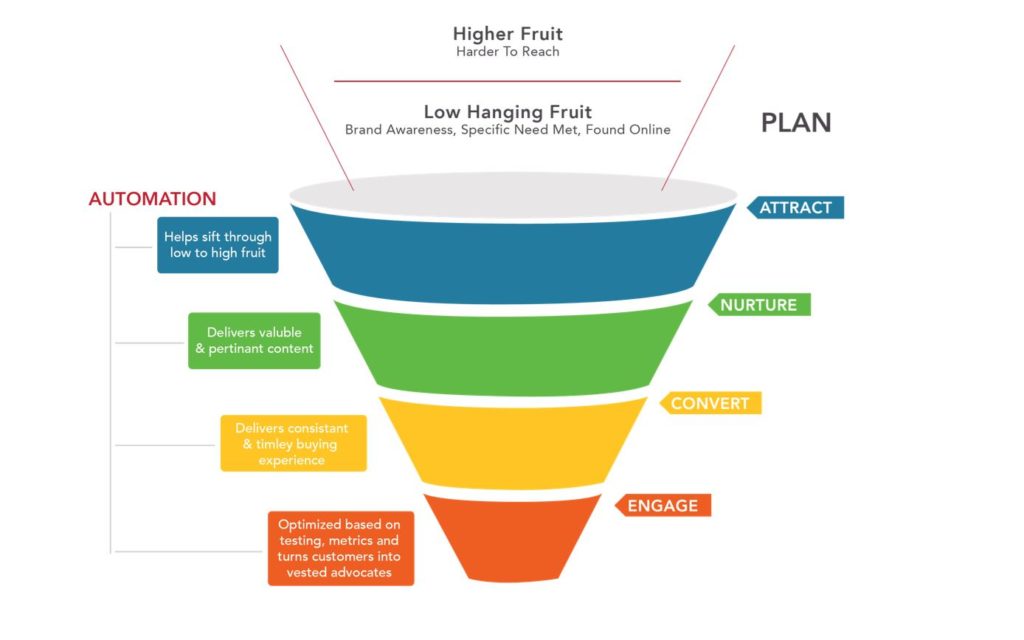
Data Analysis
The actions we take in our daily lives is producing data on an ongoing basis. When we use our credit cards or our smartphone. Every click we make while viewing and browsing online, they all grow the dataset.
Data analysis is one of the most important operations a business should perform to keep the momentum it needs to achieve its goals. By studying all the data gathered from campaigns and CRMs, a business can avoid making the same mistake twice. Using the tools available, businesses and their agencies can chart, plot and connect all the dots that bring into view a picture of what happened during and after a campaign. A complete analysis and understanding of the data sets that make a difference, enables marketers to strengthen what worked and change what didn’t. Measuring such statistics as page visits, deeper engagements and conversions, enables businesses to set metrics according to the priorities of their goals and thus understand how it effects their own model.


6 Parameters of Data Analytics
- Collection and Measurement — Determining what worked and what didn’t work in a campaign.
- Results — recommendations for making campaigns better
- Experimenting — creating models and predicting the outcome
- Segmentation — arranging the data in groups and subsets of customers and prospects
- Predictive Modeling — using software to project models that improve engagement and conversion
- The Narrative — translating the data into action steps

Analysis and Collection
Data analysis is the behind the scene job of weighing, predicting, understanding and building the foundation for a campaign that meets the criteria of being successful. How do you measure success? It’s measured by setting metrics to business goals. The science of measuring data goes far beyond basic math. By using software platform such as Google Analytics and others, we are able to unlock data and make it predictive. Every company is different, and data will have different meanings for each company. It’s the job of a data scientist to unravel the encoded information hiding in plain site on the spreadsheet.

Technology
Technology has changed data collection forever. Even offline channels can now be “digitalized” which make them measurable. Take direct mail for example. Call to actions can be set up to direct the reader to a call center, or to go to a personalized landing page that tracks engagement and conversion. Marketers can also use QR codes to drive readers to ecommerce sites or landing pages. There’s no question that most of our civilization understands how to use the internet and how to navigate a landing page. We are about to enter a new chapter in data analytics through machine learning, AI and blockchain technology. AI is currently in use, but it’s limited by the cost factor. Blockchain is not yet mainstream, but it is gaining presence and with time will work its way into conventional marketing. Cloud storage and computing has increased the data scientist capacity to gather, cleanse and stored data for immediate retrieval.
Marketing Automation
With the analysis of campaign data, marketers can automate their marketing to create drip campaigns that provide automatic messaging based on the metrics formed by the data. Marketing automation connects with all channels, including email, direct mail and social media. Automating the process will turn prospects into warm leads and warm leads into hot leads, all while collecting more data for analysis.

Trigger Marketing
The data scientist has prepared files so they can be used in logic statements that pull data from list based on triggers that define a segment. With the ability to store and manage so much analyzed data, marketers can use trigger campaigns to target markets on a one to one basis. For instance, this is a simple equation; if we know a person is male, 45 years old, plays golf is married and lives in an affluent area, the probability is he would be open to an attractive deal to join a golf country club. Deeper personalization is possible if more data is available to the marketer.
